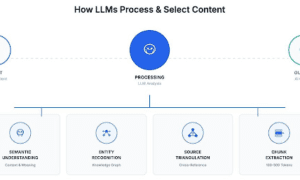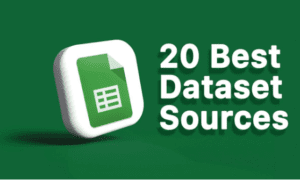Perpetual bonds, often seen as a financial enigma, offer unique investment opportunities by providing indefinite interest payments. However, their valuation is influenced by a complex interplay of factors. Understanding these key drivers—such as interest rate fluctuations, credit risk, and inflation—can unlock deeper insights into their market behavior and potential returns, making them a compelling choice for savvy investors. Gain a deeper understanding of perpetual bonds valuation through Bitcoin Billionaire educational connections.
Interest Rate Environment: Impact of Fluctuating Interest Rates on Pricing
Interest rates are like the heartbeat of the bond market. When they rise or fall, they send ripples across the financial landscape. For perpetual bonds, these fluctuations have a significant impact. Let me explain how. Perpetual bonds don’t have a maturity date, meaning they pay interest indefinitely.
Because of this, they’re highly sensitive to changes in interest rates. Think of it like a seesaw—when interest rates go up, the price of perpetual bonds tends to drop, and when rates fall, the bond prices generally rise.
Now, why does this happen? When new bonds are issued at higher interest rates, investors may find them more attractive than existing perpetual bonds with lower rates. This shift in demand can lead to a decline in the price of older bonds.
Conversely, if interest rates fall, perpetual bonds with higher existing rates become more appealing, pushing their prices up. It’s a delicate balance, and investors must keep a close eye on central bank policies, inflation trends, and overall economic conditions to make informed decisions.
Credit Risk Assessment: How Issuer’s Creditworthiness Affects Market Perception
Credit risk is a big deal when it comes to bonds. Think of it as the trust factor. When you buy a perpetual bond, you’re essentially lending money to the issuer for an indefinite period. But here’s the catch: How sure are you that the issuer will be able to pay you back in the long run? This is where credit risk assessment comes into play.
Creditworthiness is like a report card for the bond issuer. Ratings agencies like Moody’s, S&P, and Fitch provide these “grades,” which help investors gauge the risk. A higher rating generally means the issuer is reliable, and the risk of default is low. But lower ratings? They’re a red flag, indicating higher risk. Imagine lending money to a friend who has a history of not paying back—risky, right? The same principle applies here.
Investors pay close attention to these ratings because they directly impact the pricing of perpetual bonds. A well-rated issuer can sell bonds at lower interest rates because the risk is perceived as lower. Conversely, a lower-rated issuer might have to offer higher interest rates to attract buyers. And if the issuer’s credit rating drops after the bond is issued, the bond’s market price could take a hit, leaving investors in a bind.
- Empowering Success: Essential Strategies for Thriving as a Bail Bond Agent
- Building Resilient Family Pillars: Insights from Scriptural Verses
Duration and Yield Comparison: Evaluating Perpetual Bonds Against Other Fixed-Income Securities
When it comes to investing in bonds, it’s essential to weigh your options. Perpetual bonds might catch your eye with their promise of ongoing interest payments, but how do they stack up against other fixed-income securities? Well, let’s break it down.
Perpetual bonds have no maturity date, which means they can pay interest forever—sounds pretty good, right? But here’s where things get interesting. The duration of a perpetual bond, which measures how sensitive its price is to interest rate changes, is higher than that of traditional bonds. Think of duration as the bond’s reaction time—longer duration means bigger price swings when interest rates shift. If you’re someone who prefers stability, this might give you pause.
Now, let’s talk about yield. Perpetual bonds often offer higher yields compared to shorter-term bonds. This is because investors demand more compensation for the uncertainty of holding a bond that never matures. But higher yields come with higher risks, especially when interest rates start moving. For example, if interest rates rise, the price of a perpetual bond could drop significantly, eroding the benefit of that higher yield.
So, how do perpetual bonds compare to, say, a 10-year Treasury bond? The Treasury bond has a set maturity date, providing a clear endpoint. Perpetual bonds, on the other hand, can feel like a financial commitment with no end in sight. Ever heard the phrase “forever is a long time”? That’s something to think about when comparing these options.
Conclusion
In navigating the landscape of perpetual bonds, grasping the factors that influence their valuation is crucial. From shifts in interest rates to credit assessments and inflationary pressures, each element plays a pivotal role. By mastering these variables, investors can better assess the true value of perpetual bonds and make informed decisions that align with their financial goals.
Disclaimer: This is promotional marketing content. The presented material by no means represents any financial advice or promotion. Be sure to research and acknowledge the possible risks before using the service of any trading platform.



































